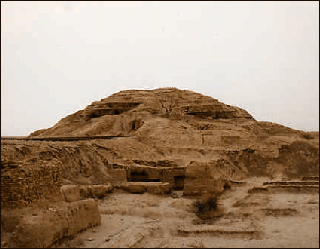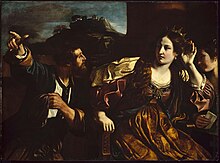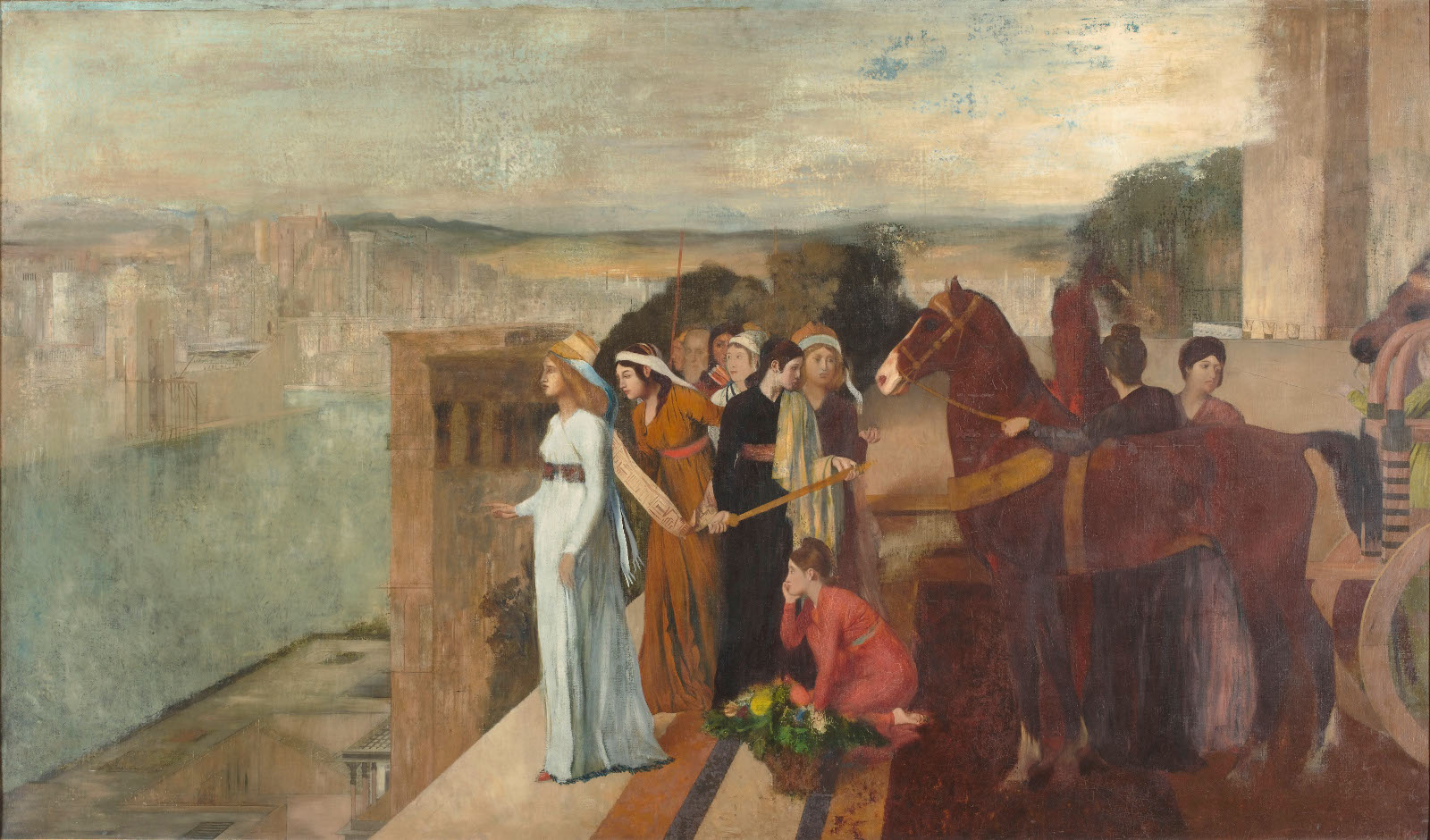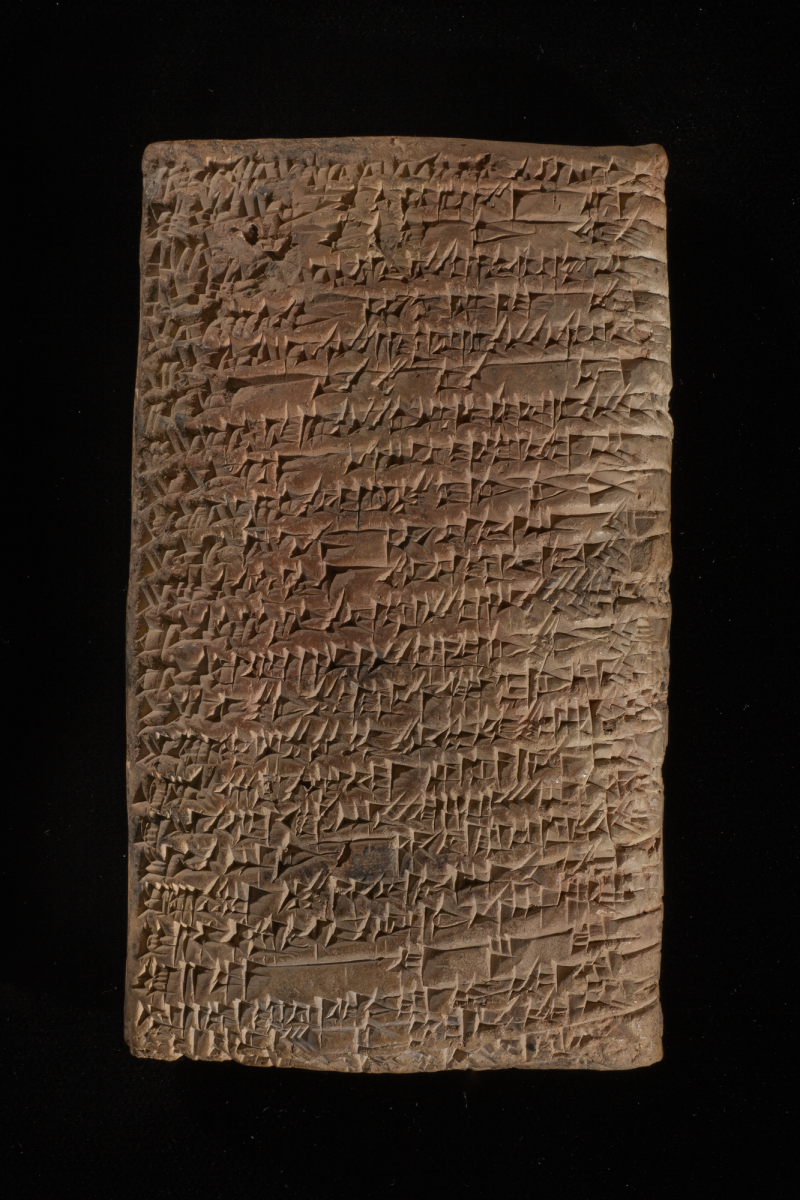One of my giant pet peeves as a thinking person is when people try to claim that people past upheld strict codes of moral virtue, and that today's world of casual sex and prominent sexuality would have shocked the ancients. This is, of course, complete nonsense. Sexuality has been a favorite topic of humankind since the world began, no matter how much governments try to suppress it.¹ One of the biggest examples of this is the Mesopotamian practice of sacred harlotry.
 |
| Figurine of the goddess Ishtar, who later became the goddess Inanna |
There were two major sacred prostitution practices in ancient Mesopotamia²--The Great Marriage, an annual fertility right, and Sacred Prostitution, an act carried out by women to show their devotion to the love and fertility goddess Inanna.
The Great Marriage was an important part of Mesopotamian religion where the reigning king or high priest of a city would engage in ritual intercourse with the high priestess of Inanna. This was done as part of an acting out of the myth of the marriage of Inanna with Dumuzi--an agriculture god. Echoing the tale of Persephone and Hades, Inanna marries the god Dumuzi, and for a while they are happy. While they are happy, crops grow and the land is fertile. However, after a few months Dumuzi dies (in some myth versions Inanna kills him), and he descends to the underworld. During this time nothing grows, and the people are in danger of starvation. At the end of the myth, Inanna descends to the underworld to retrieve her husband, and they are remarried--beginning the cycle again.
This ceremony makes sense when put into the context of the volatile fertile crescent. Though a lush and plentiful land, Mesopotamian civilizations relied on the unpredictable and often violent floods of the Tigris and Euphrates rivers. Appeasing their large pantheon of uncaring gods was important to survival, and honoring Inanna and Dumuzi was a great way to do some appeasing.
 |
| Ruins of a Mesopotamian temple or Ziggurat |
What makes slightly less sense is the story of the 'Temple Harlots'. Herodotus claims, as well as some fragments from The Epic of Gilgamesh, that women, young and old, would at least once in their lives go to the temple of Inanna, and offer up their body to any passing man who felt inclined. The silver that the man gave the woman after sex would then be donated to the temple. By doing this, the women were inviting the goddess to be a part of their lives, and this practice was considered necessary to appease Inanna.
Now, it must be said that there is a lot of dispute among scholars about if women actually offered themselves as prostitutes for Ishtar/Inanna/Astarte. The main sources in favor of it--Herodotus and James George Frazer-- aren't considered to be the most credible, and several modern scholars have written extensively against the idea that Mesopotamian women engaged in ritual prostitution. Despite this, the idea of sacred prostitution in Mesopotamia is taught in many schools³, and is still held as a belief among many historians.
¹Victorian England and modern countries under Sharia law, I'm looking at you.
²Evidence points to these practices being carried out in Sumer, Assyria, and Babylon, so all three civilizations will be referred to by their umbrella term--Mesopotamia.
³This was taught to me and my classmates in a much more kid-friendly way when I was 12. We were taught that Mesopotamian women had to wait at the temple for a man to come around, and drop a silver coin in her lap. This indicated that he would marry her, and that she could leave the temple. This myth was forcefully dispelled by my college history professors.
Sources






